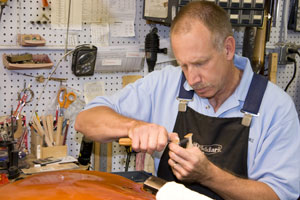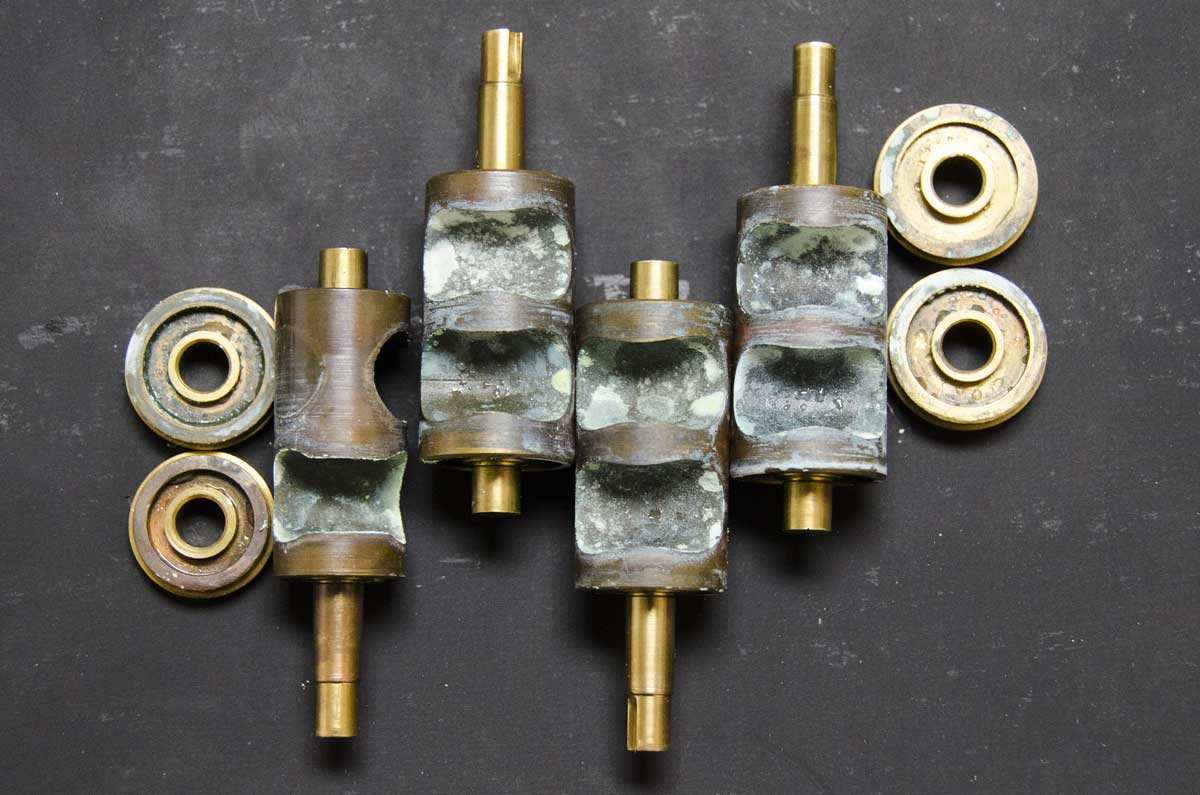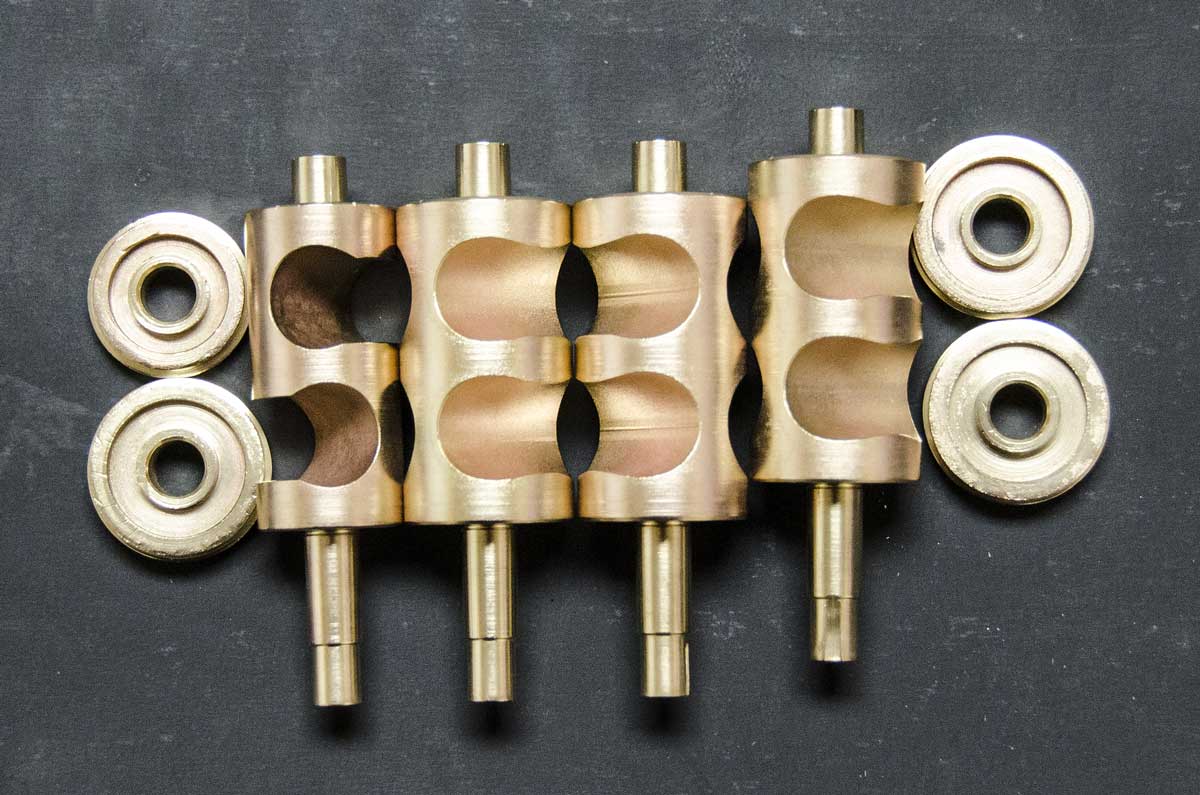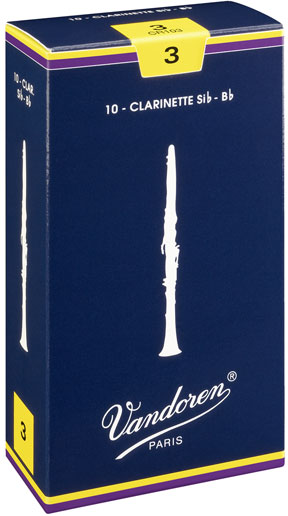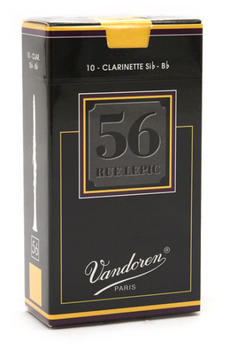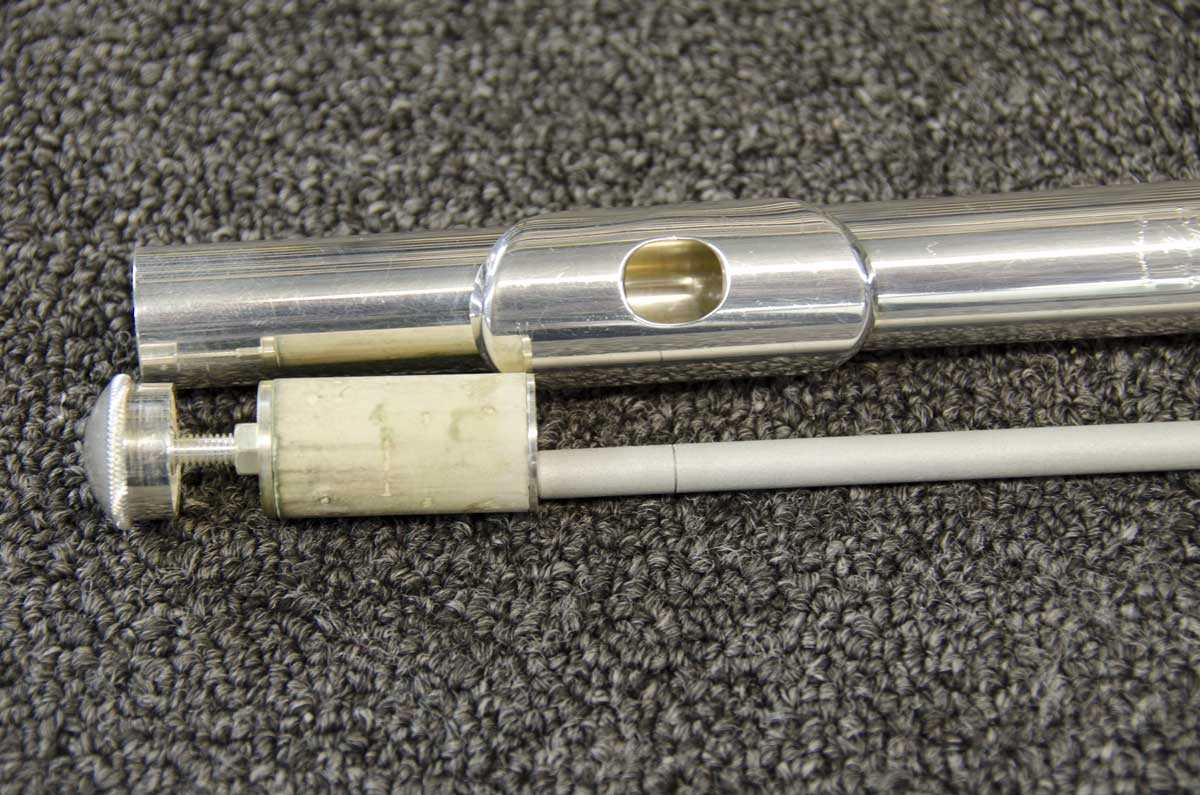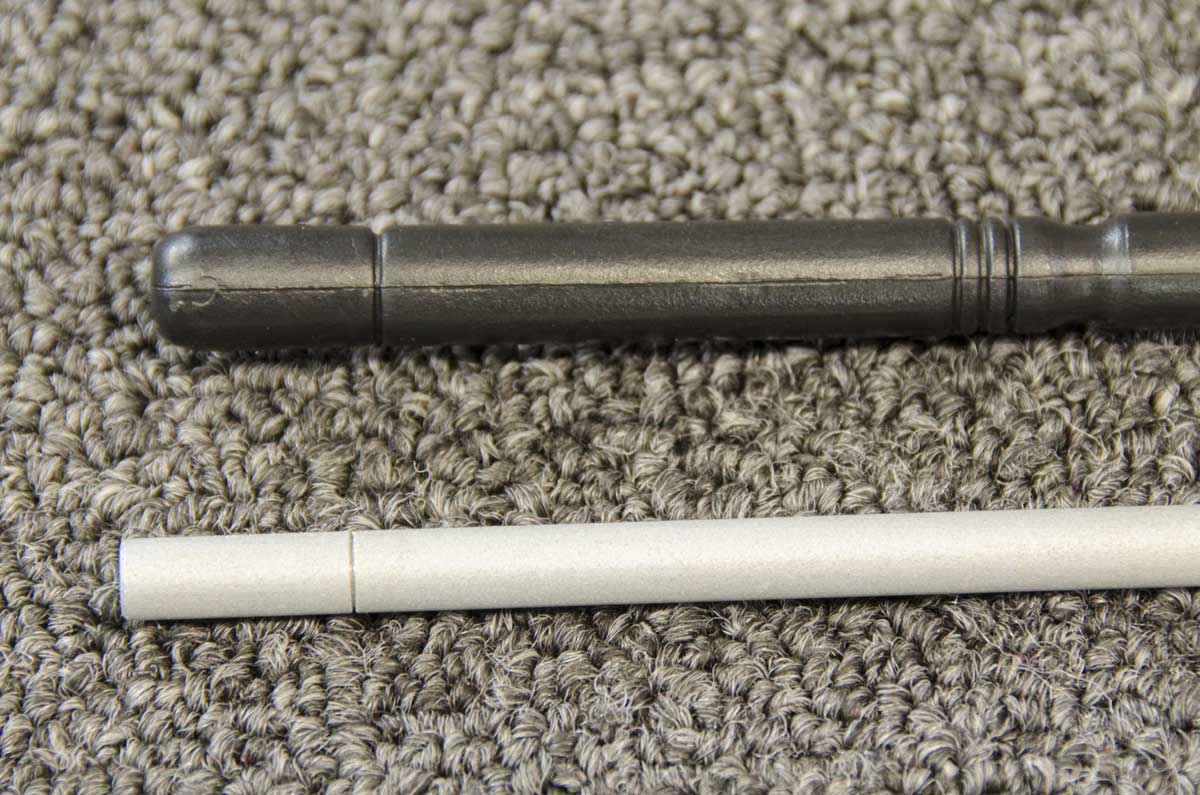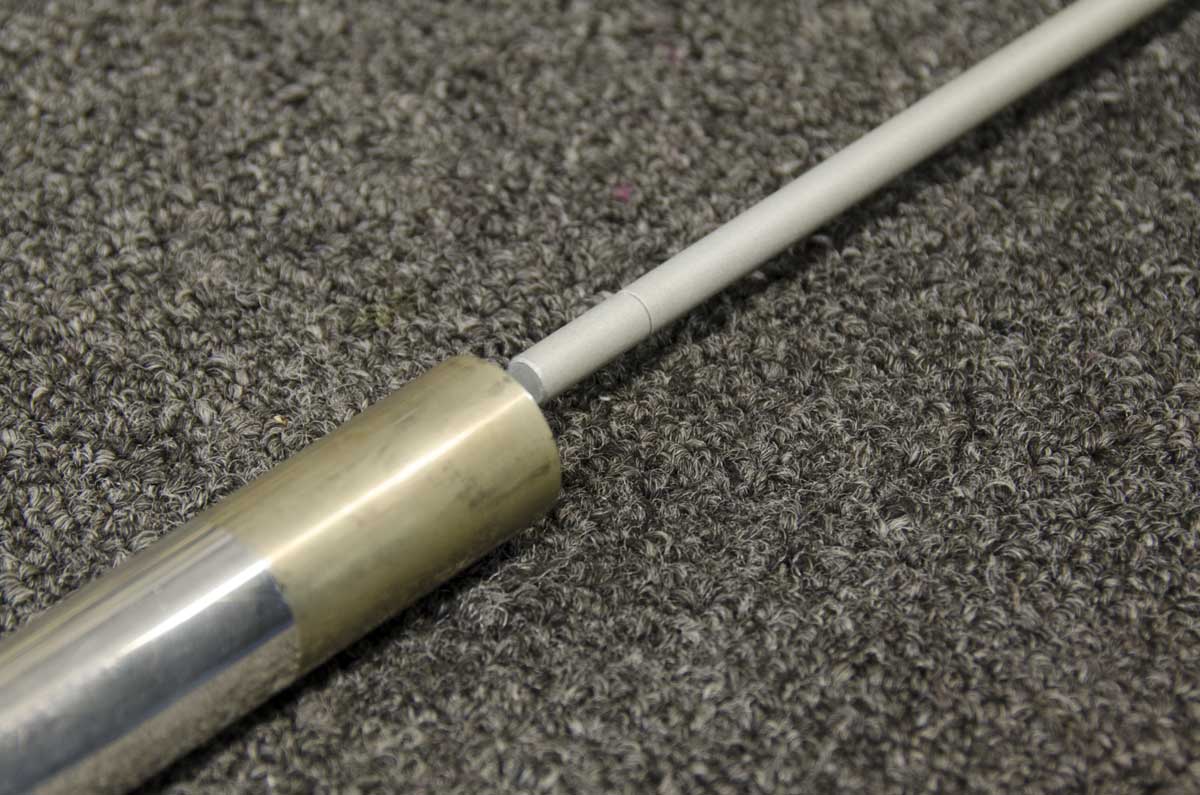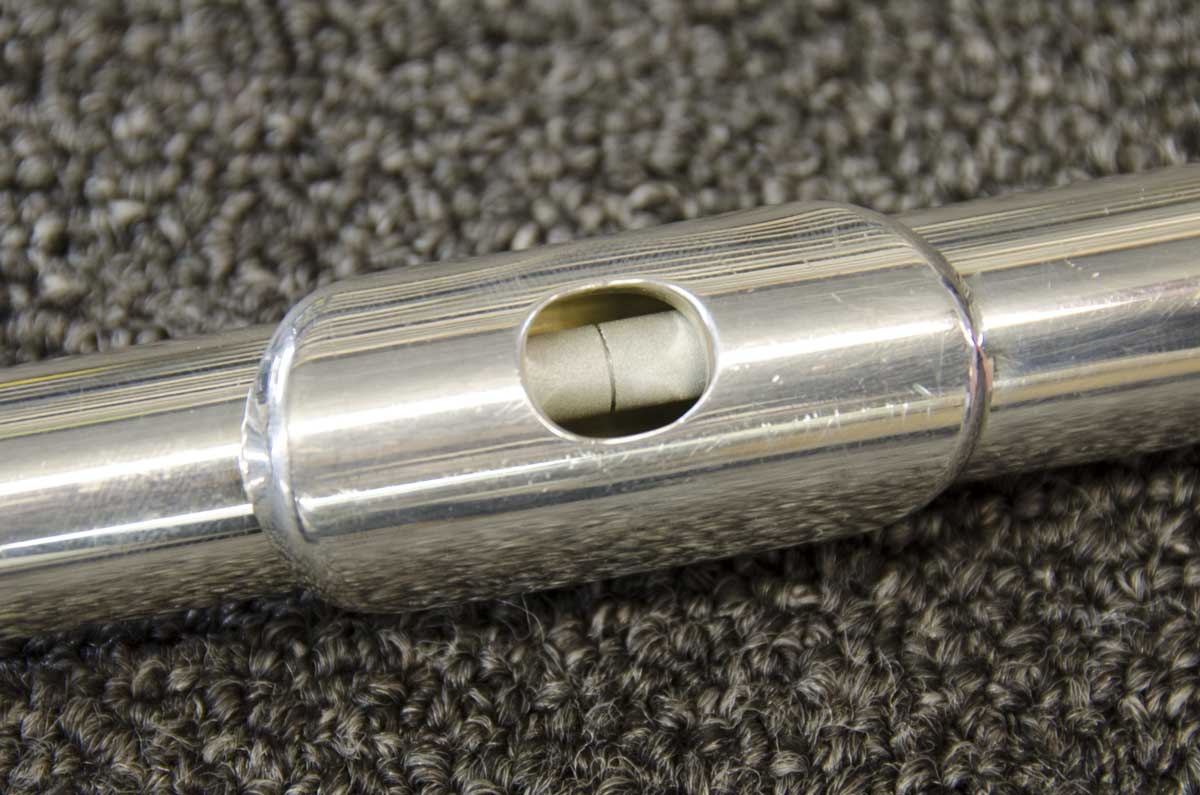Meet The New Yamaha Silent Brass
One of the most important things we can do as musicians is practice. The more time we spend playing our instrument on our own, the better we will become. The problem is that instruments, especially brass instruments, are hard to play quietly so it makes it even more difficult to find that winning formula of time, place, and the ability to practice.
Yamaha is always developing ways to make playing easier from the advancements they make with their instruments to a full line of accessories to keep those instruments playing well, so it should come as no surprise that they have upgraded their Silent Brass offerings to make practicing that much easier.
First off, the Silent Brass System is a practice tool that incorporates a mute, headphones and a control unit. When the player puts the mute into the bell of the horn, they can play unnoticed by most people as loud as they want. They have control of the volume and all of the sound goes into the headphones, so they can literally practice anywhere.
The updated Silent Brass System, takes what was a good practice tool and made it even better. The mute is smaller, so in most cases, it can be stored in the bell when the instrument is put away, so there is no need for a larger case with more storage, this also makes it more convenient to take it with you. It is also vented so that it is more ‘free blowing” so there is not as much resistance.
The control module utilizes “Brass Resonance Modeling” This is unique to Yamaha. It helps to reproduce the clear sound of playing without the sound of a mute. In the player’s ears, it sounds like their instrument; it does not have the “muted” sound that most practice mutes have. And the beauty is that you do not have to worry about how loud it is, as one you can hear it.
Come in today and try one out, you will be amazed at how good they sound.

